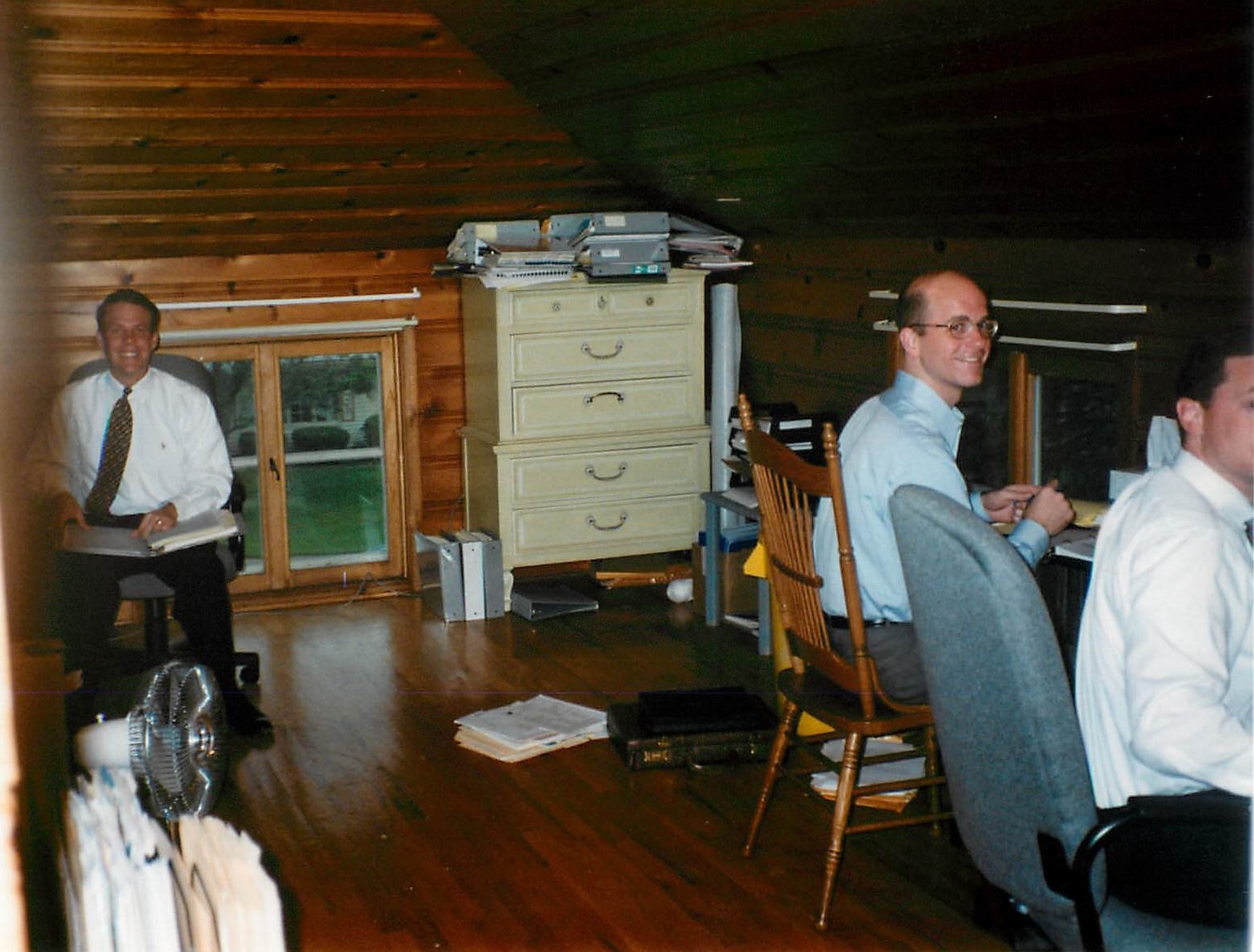Fr. Joseph Walsh’s invitation for the Steier Group to partner with St. Mary Catholic Church on its capital campaign came with a challenge and a request. Weekend Masses at the parish, situated in downtown Lincoln, Nebraska, and near the state capitol, often draw more visitors than parishioners. Could the Steier Group create an approach to encourage these visitors to support a campaign for long overdue repairs and renovations? And the request: Would the Steier Group allow the Blessed Mother to be front and center in the campaign? The Steier Group’s response: Yes to the challenge and a wholehearted yes to…
Watch the video above for a short message from our CEO, Matt Vuorela. When Jim Steier founded the Steier Group in the attic of the Steier family home in 1997, the idea of helping nonprofits raise $3 billion seemed unfathomable. And yet, in early 2024, the Steier Group surpassed the $3 billion milestone. This achievement is a testament to the hard-working campaign managers, management team and support staff of the Steier Group, but, more importantly, to our incredible partners. From pastors and bishops to donors and volunteers, each campaign would not be a success without the work of communities…
A well-run campaign planning study is the launching pad for a successful capital campaign. Many organizations question the reasoning and value behind a planning or feasibility study. At the Steier Group, we almost always advocate for conducting this important exercise before jumping into fundraising. The goal of a study is to interview or survey as many of your potential donors as possible during the study. The feedback you receive sets the table for a successful campaign. The insights shared by your supporters allows an organization to customize a plan that will be most successful for your community. Here are five…
Team Catholic. It is a simple idea. Every member of the community working in unity to support the Catholic Church. But, in the Steier Group’s work across North America, we’ve found that’s often not the case. You may recognize some of these issues: A pastor unwilling to participate in a diocesan campaign. A development director focused on the bishop’s annual appeal but not parish offertory. A school principal ignoring the value of its supportive parish. Some of this is human nature. We focus on what’s right in front of us. Seeing the bigger picture isn’t always possible. But working together…
Are you concerned that a capital campaign will negatively impact your organization’s annual giving program? Contrary to this common belief, the evidence is clear that capital campaigns have a positive effect on overall annual giving. Here are a few reasons why a capital campaign will increase your yearly support: Increased donor engagement. Capital campaigns involve engagement from donors in many ways. Whether it’s participating in a study, serving on a campaign team, making a financial commitment, or attending events and celebrating milestones, this increased engagement builds stronger relationships with donors and benefactors, which leads to increased ongoing support. New donor…
Every successful capital campaign needs a strong case for support. But writing the perfect case statement can seem daunting, especially if your task isn’t an obviously big draw like building a new church or adding a school wing. A case statement is the core communication for a successful capital campaign. It is an organization’s prime opportunity to toot its horn about successes and positive impacts. It is also an open door to demonstrate the need for the organization and explain its current plan to strengthen its mission-based work. Capital improvements, increased funding, new programs and enhanced services all deserve donor…
Through the Hope for the Future campaign, the Paulist Fathers raised over $30 million, far exceeding the initial public goal of $20 million. The key? The Paulists never made their campaign about money. Instead, the campaign focused on the Paulists’ mission. “Because people have been accompanied so well by Paulists over the years, people just responded,” said the Rev. Eric Andrews, CSP, who served as president of the Paulist Fathers from 2014-22. “Obviously if you don’t feel pastorally fed, accompanied and cared for, (fundraising) is going to be a heavier lift. But clearly people have benefited from the Paulist mission…
Getting your message across is paramount in fundraising. But there’s a communication paradox before us: On the one hand, there are now more means to share your fundraising needs than ever before. On the other hand, getting your message across to your donor base is harder than it’s ever been. Every day we encounter a deluge of information, and our brain is very selective. It takes in, filters and readily disposes of information it doesn’t need. But, along the way, key pieces of information do get stored and cemented. How can you get your message through the brain’s filtering process?…

Epiphany of the Lord Catholic Community in Katy, Texas, kicked off its capital campaign in October 2019. The campaign combined the Archdiocese of Galveston-Houston’s archdiocesan campaign with its own needs. The community faced debt from the construction of a new school plus parish improvements and supporting the expanding school. Four months into the campaign, the world came to an abrupt stop due to the COVID-19 pandemic. Fr. Tom Lam made two critical moves during what amounted to be an 18-month campaign pause. He encouraged parishioners to sign up for periodic messages through the parish email system. Signups exceeded the parish…

Twenty-five years ago, I took a leap of faith in starting the Steier Group. I’d spent time as a journalist, working as an alum in the institutional advancement office of my Catholic high school and then running capital campaigns for a small Omaha-based family fundraising firm. After five years there, I knew it was time to make the next step in my career. In the back of my mind, going out on my own seemed like a promising opportunity but also a big risk with a two-year-old son and newborn at home. Then my best friend, who I grew up…

